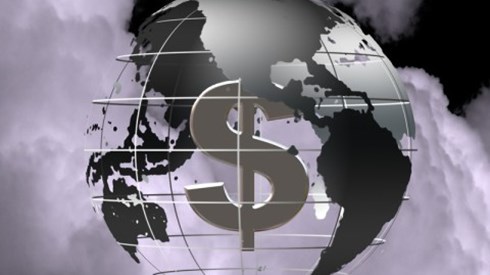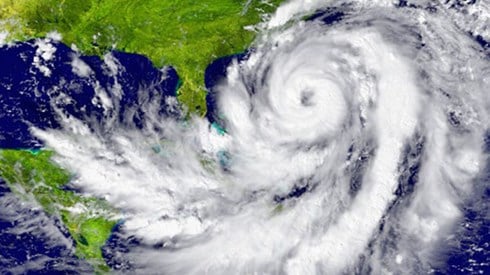Emerging Economies Insurance Gap Persists, According to Lloyd's

October 31, 2018

In a report titled A World at Risk: Closing the Insurance Gap, the latest research from Lloyd's, the organization found $163 billion of assets are underinsured in the world today, leaving an exposure gap that poses a significant threat to livelihoods and global prosperity.
The report said the average insurance penetration rate (total insurance premiums as a percentage of gross domestic product, or GDP) in developed nations is twice as high as the average in emerging, or lower-income, countries, which account for almost all ($160 billion) of the global insurance protection gap.
Many of the countries with the lowest levels of insurance are among the most exposed to risks such as climate change and are the least able to fund recovery efforts, according to the report. Bangladesh, India, Vietnam, Philippines, Indonesia, Egypt, and Nigeria each has an insurance penetration rate of less than 1 percent.
Findings showed the country with the highest expected annual loss from natural disasters, Bangladesh, also has the largest insurance gap relative to GDP (2.1 percent). Expressed in absolute dollar values, this equates to an insurance gap of almost $6 billion in Bangladesh. Second highest is Indonesia at 1.4 percent of GDP, equivalent to an insurance gap of $15 billion.
Countries with more wealth stand to lose more in purely financial terms. China is the country with the highest insurance gap expressed in dollar values ($76 billion) due to the size of its economy and the fact that its insurance market is still developing, according to Lloyd's.
Global economic losses from natural disasters are substantial and growing, with annual expected economic losses of $165 billion, according to Lloyd's City Risk Index. They will continue to increase, driven by greater wealth, hazard exposure, and, for some events, climate change.
The underinsurance gap, however, is hardly closing, according to the report. In 2012, Lloyd's and the Center for Economics and Business Research revealed that $168 billion in assets globally were underinsured. This means the gap has closed by less than 3 percent over a period of 6 years.
Resiliency Around Disasters
The impact of disasters can be reduced by investing in greater resilience, according to Lloyd's. The organization said a range of studies suggest that, on average, the benefits of resilience (broadly defined) outweigh the costs four-fold (see UNISDR (2007), OECD(2015), and UK Government Office for Science (2012)).1
Lloyd's recently published another report, titled Innovative Finance for Resilient Infrastructure, produced in association with the Center for Global Disaster Protection, Risk Management Solutions (RMS), and Vivid Economics, detailing four potential new financial instruments that could be used to incentivize investment in resilience.
The report underlines the important role that risk financing can play by providing liquidity after a disaster, protecting government balance sheets, and buffering taxpayers. The Indonesian government, for example, is reportedly looking at disaster risk financing, with support from global reinsurers, following the recent devastating Sulawesi quake and tsunami.
Bruce Carnegie-Brown, chairman of Lloyd's, said the following.
Insurance is a major contributor to disaster recovery, often providing the quickest financial crisis relief available. The terrible earthquake and tsunami disaster on the Indonesian island of Sulawesi underlines the important role that insurance can play by increasing financial liquidity in catastrophe-affected areas. Innovative insurance solutions can provide governments with access to financial relief rapidly after a disaster strikes, easing the burden on them and taxpayers. If insurance is not available, catastrophes can have a much greater impact on economies and lives.
The insurance sector wants to work with government to help people understand the insurance products that are available and to provide improved access to those products. Together, we can help tackle the crippling underinsurance crisis and give people in the world's most exposed economies the security they so desperately need.
Daniel Stander, global managing director of RMS, said, "Those who can't afford the additional costs of building resiliently are even less likely to be able to afford to rebuild after a disaster. Being able to quantify accurately the benefits of investing in resilience is therefore fundamental. The four products have been designed with this in mind. The objective is two-fold: to reduce the initial costs of building resiliently and to finance the residual risk. In this way, the benefits of insurance can be enjoyed by those who need it most."
- United Nations International Strategy for Disaster Reduction, The Costs and Benefits of Disaster Risk Reduction, May 10, 2007; Organization for Economic Cooperation and Development, Economic Aspects of Disaster Risk Reduction, February 2015; United Kingdom Government Office for Science, Foresight Reducing Risks of Future Disasters: Priorities for Decision Makers, Final Project Report, November 2012.
October 31, 2018












